
views
Washing the Water Reservoir by Hand
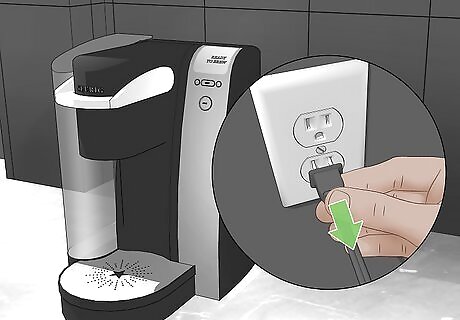
Turn off the Keurig. Before you begin cleaning, make sure your Keurig is shut off and unplugged. You’ll be using a lot of water in and around the unit, so you’ll want to safeguard the electrical components. If there’s a K-cup pod in the brewing chamber, take it out and dispose of it. You can turn off your Keurig by flipping the on/off switch on the back of older models, or pressing and holding the power button on newer touch-screen models. Wait until the display and power light are completely off before proceeding.
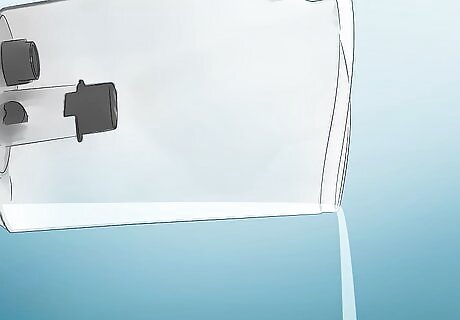
Remove and empty the water reservoir. Lift the reservoir tank straight off of its base, then pry off the lid and set it aside. Dump the old water out into the sink. Shake out as much excess moisture as you can. You should get in the habit of changing the water in your Keurig’s reservoir daily, even when it’s between cleanings.
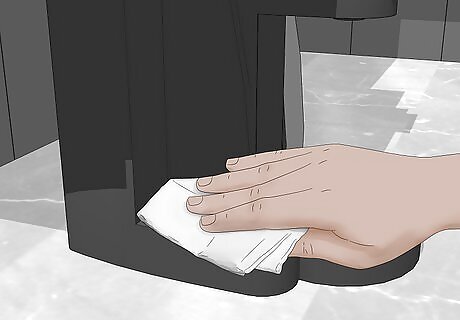
Wipe the base clean with a damp cloth. Once you’ve detached the reservoir itself, quickly spot-clean the area of the unit where it rests. There may be hard water stains or coffee grounds built up on the base. These will get worse with time if left untreated. While you’re at look, look for other parts of the machine that could use a wipe down, like the spout, mug tray or the area around the brewing chamber. You can clean most of the exterior of the Keurig by simply wiping it down with warm water.
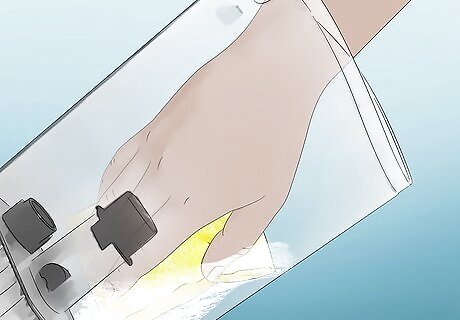
Scrub the inside of the reservoir with warm, soapy water. Add a small amount of a mild liquid detergent to a sink full of warm water and stir it by hand. Submerge the reservoir in the soap solution and gently go over the interior with a sponge or clean cloth. Concentrate on the small port and mesh screen at the bottom of the reservoir where the buildup is likely to be heaviest. For especially heavy stains or buildup, allow the reservoir to soak in the soap solution for 10-15 minutes before scrubbing. Don’t forget to go over the underside of the lid as well. EXPERT TIP Bridgett Price Bridgett Price House Cleaning Professional Bridgett Price is a Cleaning Guru and Co-Owner of Maideasy, a maid service company that services the Phoenix, Arizona metropolitan area. She holds a Master of Management from the University of Phoenix, specializing in digital and traditional marketing. Bridgett Price Bridgett Price House Cleaning Professional Our Expert Agrees: Once you take all of the parts out, you can clean them with soap and water, and use a scrubber with a handle to access any tight areas. You also want to make sure the tubes are completely cleaned.
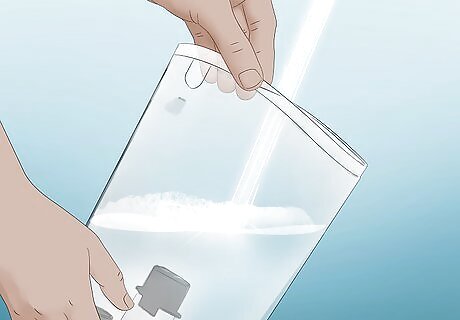
Rinse the water reservoir thoroughly. Run fresh, hot water over the reservoir inside and out. Direct the stream over the port and screen for several seconds to make sure they’re sufficiently clear. Completely drain the reservoir of water when you’re done rinsing. Be sure to rinse off any lingering traces of soap, or it could create a film on the plastic surface and affect the flavor of the coffee.
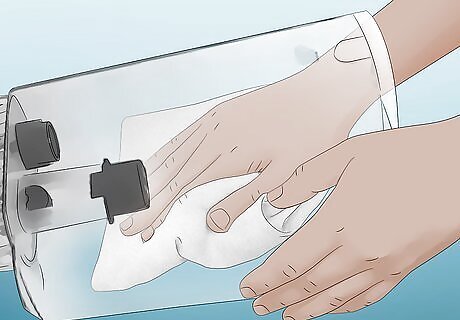
Dry the reservoir with a clean, soft towel. A microfiber towel or absorbent chamois will provide the best results. You can also set the reservoir upside and leave it to air dry completely for a few hours. Once it’s dry, return the reservoir to its base, replace the lid and enjoy your next cup of coffee! Be sure to leave the lid off of the reservoir while it’s air drying to prevent moisture from becoming trapped inside. Drying the reservoir with a paper towel or ordinary cloth could leave behind small fibers that can then find their way into your coffee.
Descaling Your Keurig
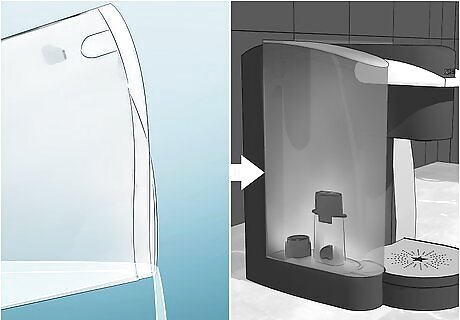
Clear out the water reservoir. If you use your Keurig very frequently and it hasn’t been cleaned in a long time, it may be in need of a total descaling. Start by pouring any remaining water out of the reservoir and returning it to the base empty. From here, you’ll be using the reservoir to disperse a special homemade cleaning solution through the machine. ”Scale” refers to the natural mineral deposits from water that accumulate on surfaces over time. If you decide to descale your Keurig, be sure to clean the water reservoir separately once you’re finished.

Fill the reservoir with equal parts water and distilled white vinegar. Ordinary white vinegar can be used to safely descale your Keurig without the need for harsh chemicals. Run a few ounces of cool water in with the vinegar to dilute it. Fill the reservoir about two thirds of the way full. Vinegar is an excellent natural cleaning agent. It’s mild, non-toxic and rinses away easily, leaving your coffee maker clean and sanitized. When the brew cycle is activated, the vinegar mixture will be pulled through the water line and spout of the machine, eliminating buildup from the inside.
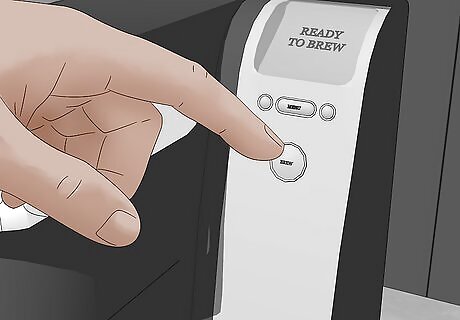
Run a few brew cycles with the hot vinegar solution. The acidity of the vinegar will help dissolve calcium deposits and hard water stains inside the machine. Use a large mug or another container to catch the hot contents as it emerges from the spout. Continue cycling the vinegar solution until nothing is left in the reservoir. Do not place a K-cup in the brewing chamber. You’re just trying to flush the interior of the machine with the vinegar solution. Run the Keurig on the largest cup setting to keep the maximum amount of water flowing through the machine. Dispose of the used vinegar solution after each cycle.

Spot clean other areas as needed. Some parts of the Keurig, such as the spout and brewing chamber, may be accessible to clean by hand. If there’s any mineral buildup remaining in these areas, you can scrub them with an unused toothbrush or the corner of a sponge. Detail small holes and crevices, such as the grooves around the K-cup compartment, with a toothpick or paperclip.
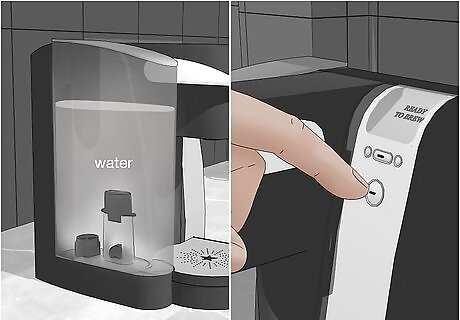
Perform repeated brew cycles with only water. Empty the reservoir and fill it back up with fresh or distilled water. Run the two or three more cycles to ensure that all the vinegar has been rinsed out. Keep running the Keurig until the water is completely clean and odorless. You may need to drain and refill the reservoir a couple of times before the lingering notes of vinegar are fully dissipated. If your Keurig is especially dirty, it may be a good idea to let the vinegar solution sit in the machine for 20-30 minutes before rinsing it out.


















Comments
0 comment